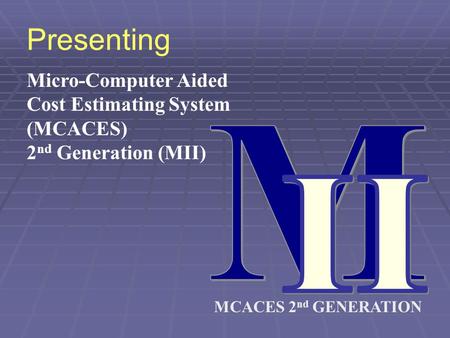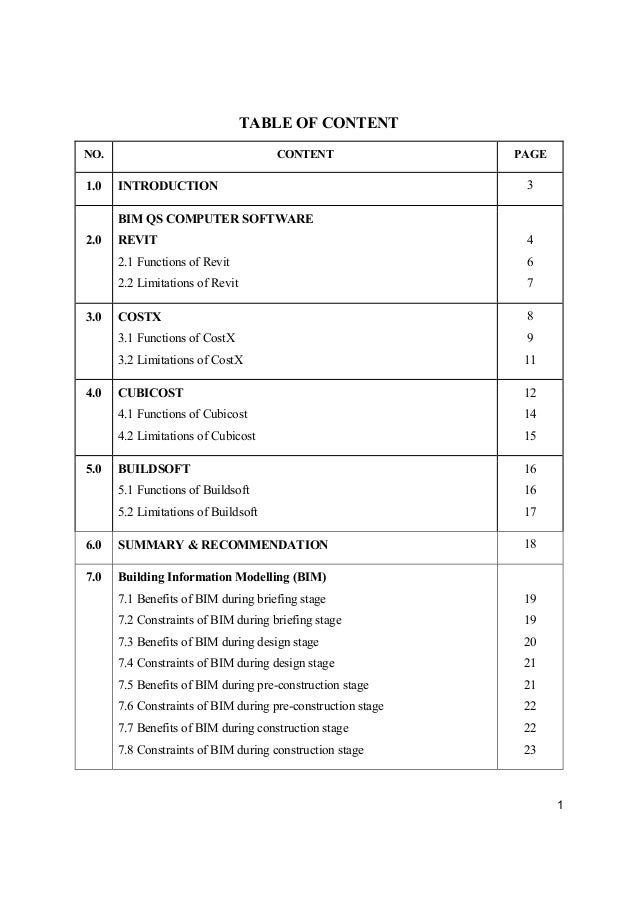

The leg model consists of 7 bodies representing four physiological segments (pelvis, thigh, shank, and foot). This is a simplified, single-leg model (leg6dof9musc.osim – 6 degrees of freedom, 9 muscles) that is packaged with the OpenSim distribution. It was developed for teaching a workshop at the International Society of Biomechanics and refined for Prof. This example was created by Ajay Seth, Samuel Hamner, Kat Steele, Jennifer Hicks, Matt DeMers, Thomas Uchida, Daniel Jacobs, and Scott Delp. If you are completing this example as a laboratory exercise for a course on human movement, you will need to submit answers to the questions on the Questions: Leg Muscle Force Estimation page. Use CMC to estimate muscle excitations in a forward dynamic simulation.


In Part II: Leg Muscle Force Estimation in Stance, you will Use the Computed Muscle Control (CMC) Tool to estimate muscle excitations in a forward dynamic simulation.Use the Static Optimization Tool to estimate muscle excitations when muscle–tendon dynamics are ignored, and.Use the Excitation Editor to generate muscle excitations for a forward dynamic simulation,.Visualize an Inverse Kinematics (IK) solution,.In Part I: Leg Muscle Force Estimation in Swing, you will You will use several of the OpenSim Tools to estimate the muscle forces of a human leg model during stance and swing phases of gait. This tutorial will take you through a typical workflow using OpenSim.
BUILDSOFT GLOBAL ESTIMATING TUTORIAL SOFTWARE
OpenSim is a freely available, user-extensible software system for developing musculoskeletal models and for simulating and analyzing movement. By creating dynamic simulations of movement that combine anatomical models with the physics of the musculoskeletal system, researchers can investigate elements of biomechanics that are difficult to study through experimentation alone.


 0 kommentar(er)
0 kommentar(er)
